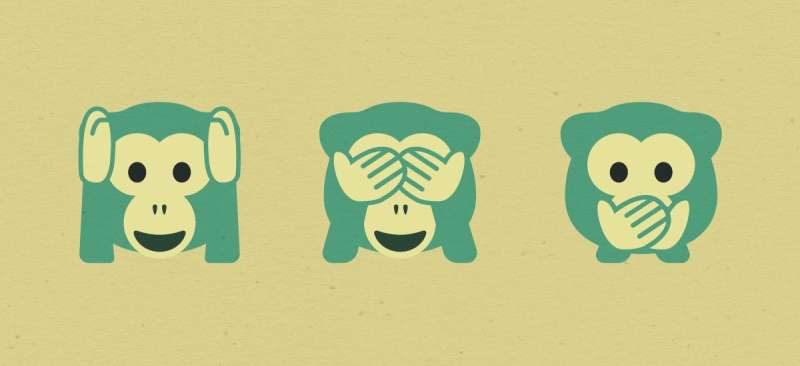A monkey and a virus: One million years together

An international research team including Vasily Ramensky, a bioinformatics scientist at MIPT's Genome Engineering Laboratory, has classified the six species of African green monkeys based on their genomes, studied their genetic adaptations to the simian immunodeficiency virus (SIV), and produced a gene expression atlas for one of the species. The results of the study were published in two articles in Nature Genetics.
The introduction of sequencing and genome comparison tools marked the beginning of a new era in animal systematics, enabling researchers to achieve greater accuracy in establishing genetic relatedness, which is not always reflected in morphology. By comparing genetic information, we can now determine the species boundaries within which genetic diversity is the lowest. In this study, the researchers clarified the genetic relationships between the species of African green monkeys, also known as vervet monkeys, or vervets. They identified six species from across Africa, one from Barbados, and one from the Caribbean islands of Saint Kitts and Nevis. But genome analysis is more than a way of refining taxonomies: It can provide insights into the evolution and geographic distribution of species, as well as species-specific genetic disorders, and much more.
Vervet monkeys are the nonhuman primates most closely related to humans. They have long been an important biomedical model, widely used in behavioral research, in studies of resistance to virus infections, and in vaccine development. Vervets are known to be natural hosts of SIV, which is a close relative of HIV. Although they are frequently infected by the virus, SIV does them no harm: They have evolved the ability to live with the virus and avoid immune system degradation. In one of the two papers reported here, researchers analyze a group of vervet monkey genes that interact with SIV.
Genetic analysis suggested that the first encounter of vervets with SIV took place about one million years ago. As time passed, one original host species diverged into many, each of which acquired its own genetic adaptations to SIV. Studies of the biological mechanisms involved in host-pathogen interactions in vervet monkeys provide a million years' worth of data about living with the immunodeficiency virus.
All cells in one organism carry an identical set of genes. But depending on the tissue and the age of the organism, cells can have different sets of active, or expressed, genes that are responsible for protein synthesis. Vasily Ramensky, who works at MIPT's Genome Engineering Laboratory, teamed up with his foreign colleagues to create a publicly available map of gene expression in various tissues—including four brain regions—of 60 differently aged vervet monkeys (Chlorocebus aethiops sabaeus) from the Vervet Research Colony. Compared to human subject research, studies involving nonhuman primates provide more reliable and reproducible data for several reasons: the living conditions, diet, and other environmental factors are uniform and controlled. Additionally, tissue preparation is fast and standardized. Finally, the genetic diversity is lower, because all animals living in a captive colony are descended from a small common ancestral population.
"Thanks to whole-genome sequencing, we have accumulated a lot of data on the genetic material of humans and many closely related species," says Ramensky, who holds a doctorate in physics and mathematics and specializes in molecular biology. "However, we still do not know much about the roles that genes play. The atlas we created provides gene expression data across seven tissues and six developmental stages in vervets. For statistical geneticists, it will serve as a tool for understanding the role of genes in the life of the animal."
Multitissue gene expression data for every stage in the animal's development will help determine gene functions and understand the functional and developmental patterns associated with this organism. For instance, the researchers have shown a direct correlation between the age of vervets and the expression of the genes responsible for the development and changes in two brain regions—namely, Brodmann area 45 and the caudate nucleus. The expression of these genes has been linked to age-related diseases.
More information: Hannes Svardal et al, Ancient hybridization and strong adaptation to viruses across African vervet monkey populations, Nature Genetics (2017). DOI: 10.1038/ng.3980
Journal information: Nature Genetics
Provided by Moscow Institute of Physics and Technology



















